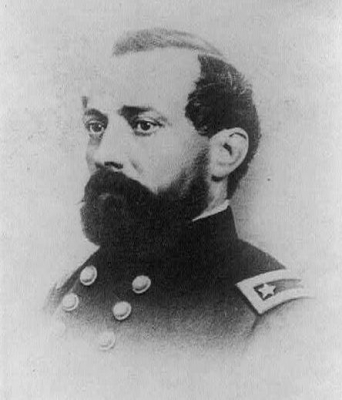
Galileo Galilei (1564-1642) was an Italian scientist who worked on many mechanical problems but is perhaps best known for his astronomical observations. These supported the ideas developed by Nicholas Copernicus (1473-1543), a Polish scientist. He claimed that rather than the Sun orbiting the Earth, the Earth orbits the Sun. This idea went against the teachings of the Church, so Copernicus did not tell many people about it. Indeed, when Galileo spoke out in its support, he was put on trial and forced to withdraw his claim. Even today, scientific discoveries are not always popular when they go against long-held beliefs.
Italian astronomer Galileo Galilei provided a number of scientific insights that laid the foundation for future scientists. His investigation of the laws of motion and improvements on the telescope helped further the understanding of the world and universe around him. Both led him to question the current belief of the time — that all things revolved around the Earth.
The Ancient Greek philosopher, Aristotle, taught that heavier objects fall faster than lighter ones, a belief still held in Galileo's lifetime. But Galileo wasn't convinced. Experimenting with balls of different sizes and weights, he rolled them down ramps with various inclinations. His experiments revealed that all of the balls boasted the same acceleration independent of their mass. He also demonstrated that objects thrown in the air travel along a parabola.
At the same time, Galileo worked with pendulums. In his life, accurate timekeeping was virtually nonexistent. Galileo observed, however, that the steady motion of a pendulum could improve this. In 1602, he determined that the time it takes a pendulum to swing back and forth does not depend on the arc of the swing. Near the end of his lifetime, Galileo designed the first pendulum clock.
Galileo is often incorrectly credited with the creation of a telescope. (Hans Lippershey applied for the first patent in 1608, but others may have beaten him to the actual invention.) Instead, he significantly improved upon them. In 1609, he first learned of the existence of the spyglass, which excited him. He began to experiment with telescope-making, going so far as to grind and polish his own lenses. His telescope allowed him to see with a magnification of eight or nine times. In comparison, spyglasses of the day only provided a magnification of three.
It wasn't long before Galileo turned his telescope to the heavens. He was the first to see craters on the moon, he discovered sunspots, and he tracked the phases of Venus. The rings of Saturn puzzled him, appearing as lobes and vanishing when they were edge-on — but he saw them, which was more than can be said of his contemporaries.














